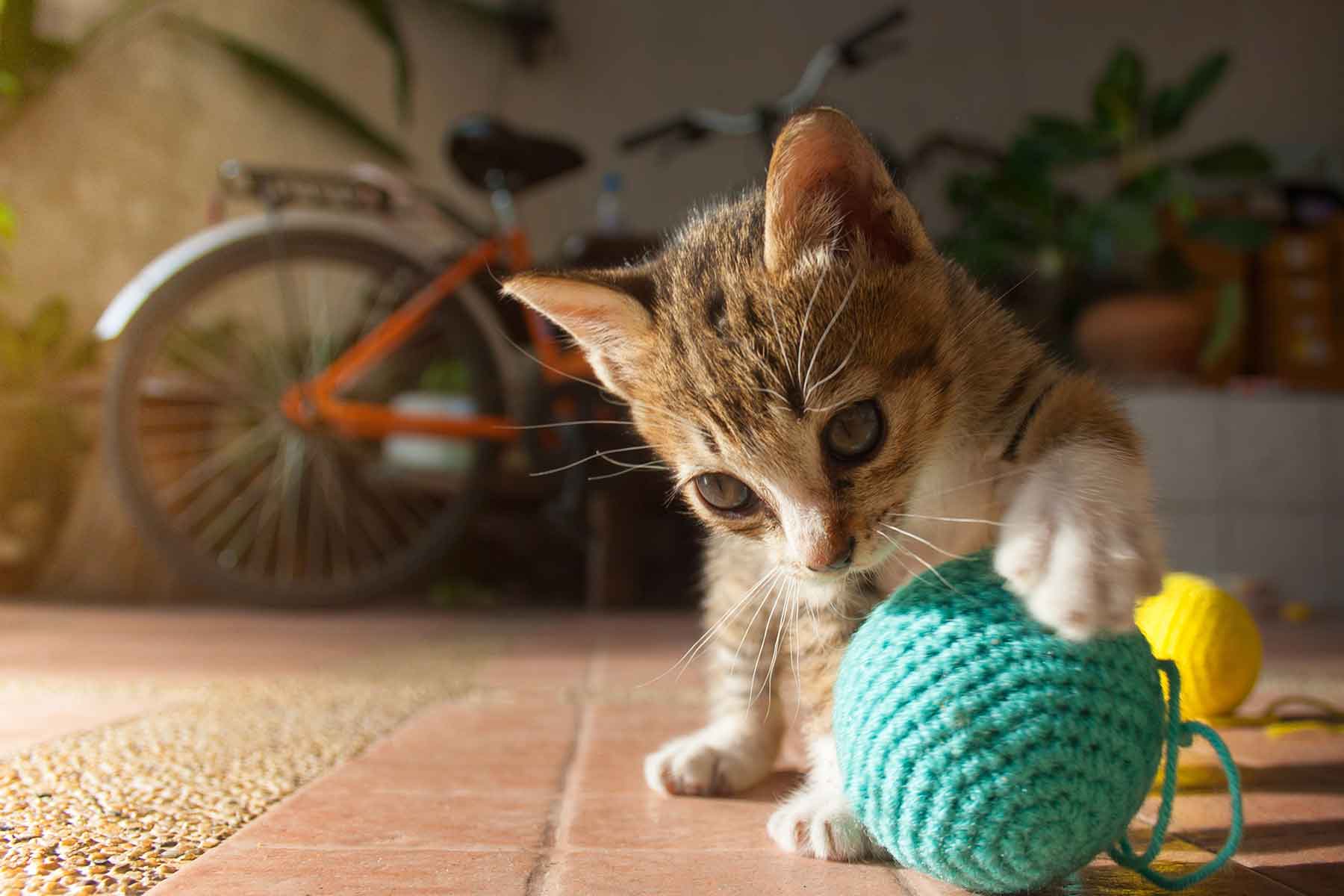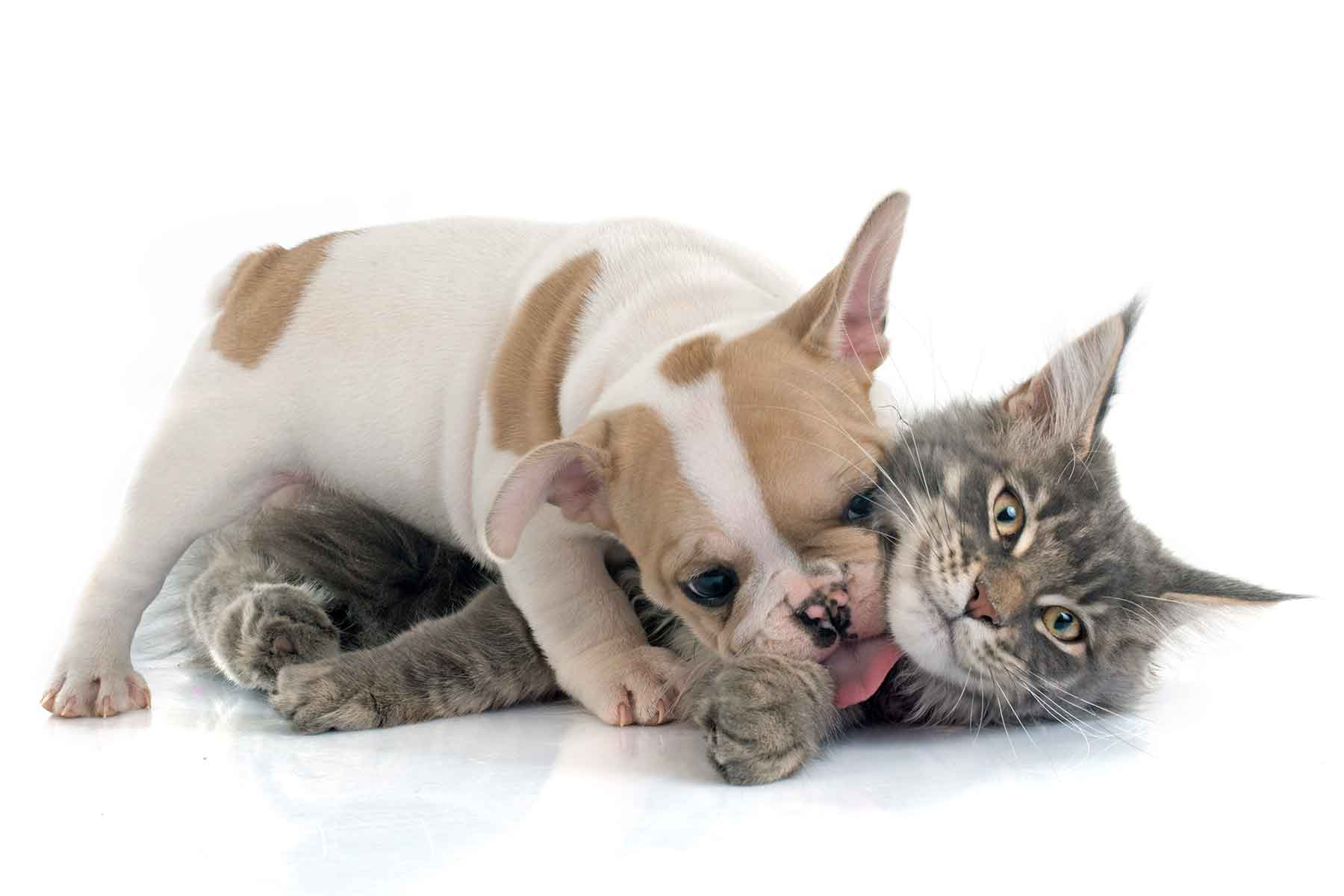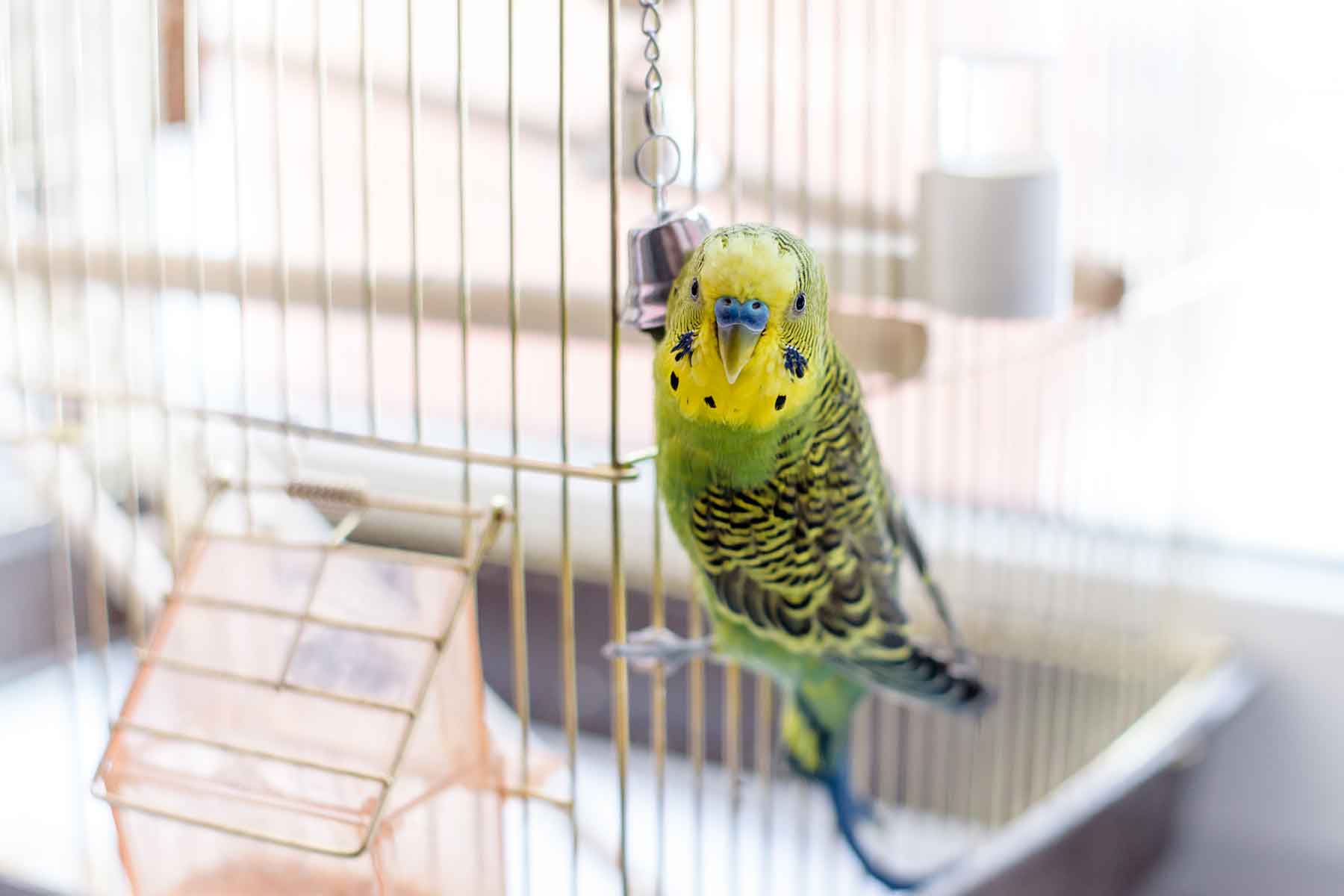Bringing a new cat or kitten into the home can be a much-awaited event for all family members. However, there are a few factors that need to be considered to ensure your new cat settles into an existing feline family well.
What to consider?
Having two cats in a household can be beneficial for providing them both with mental and physical stimulation and company. Minimising stress on both the cats during the introduction period is important to ensure success and a happy feline home for the long term.
Behavioural considerations
Cats bond closely with litter mates and cats they have known since they were very young. Introducing an unfamiliar cat may not be as easy as you would think. Just because your cat liked one cat, it might not accept another.
Some cats are naturally easy-going and friendly and will accept most other cats, while others are timid and shy or very assertive and active. Attempting to match personality types is useful when seeking out a companion for your cat. An active and assertive cat may overwhelm quieter and more timid cats, making introductions difficult.
It is generally accepted that related cats make the most compatible housemates, however, there is a distinct lack of information about the relative compatibility of unrelated cats. One piece of research carried out in Switzerland showed that adult cats are more likely to accept the introduction of a younger individual than one of the same age or older. If you are adopting an adult cat, the same research suggested that an adult of the opposite sex was more likely to be accepted and that, in cases of same-sex pairs, two males were slightly more likely to be compatible than two females.
If problems arise, a behavioural discussion with your veterinarian can identify and clarify issues and advice can be given for some behavioural modification techniques that can be specifically targeted for your household. These may involve environmental enrichment, feline pheromones and sometimes medications.
Health considerations
A thorough health check of both cats by a veterinarian is a good starting point prior to any new introductions. It is important to ensure both cats are up to date with vaccinations, preventative treatments (fleas and intestinal worming) and showing no signs of illness.
Any previous history from the introduced cat is very valuable as it can provide health as well as behavioural information for you. Sometimes an FIV (feline immunodeficiency virus) test will be recommended to ensure the new addition or your own cat is not a carrier. FIV vaccination can be administered to help protect against the disease if appropriate.
What should the living arrangements be?
Cats are territorial animals and when you are introducing a second cat it is important to realise they need to establish their own space within the home. If possible, it is ideal to provide the new cat with a separate housing area (eg one room) and allow your existing cat access to the rest of the house. This allows them to get used to the sound and smell of each other without the potential of a direct confrontation. A glass or wire door may also provide the two cats with a chance to see one another through a safe partition.
Once you have reached a point where they are showing no signs of fear, anxiety or being a threat to one another then the next step is to start controlled exposure exercises. However, if you have two very relaxed cats who seem to be accepting each other then the following exercises may not be necessary.
How to introduce the new cat
If possible, a slow integration of a new cat is ideal if it can be achieved. The aim is to encourage positive associations from the outset by utilising times when the cats are likely to be occupied, distracted or enjoying themselves (such as during feeding or play times).
- Continue to keep both cats separated for the most part
- When bringing the cats together, ensure they are far enough apart to minimise the possibility of aggression
- Use rewards only when the cats are together (they will quickly link a positive experience with the other cat being present)
- Use particularly appealing treats/ rewards
- Alternatively, cats may prefer play to food. In this situation utilising play time (such as a fishing rod attached to a catnip infused toy) may be more effective than food rewards.
- Gradually reduce the space between the two cats
Introductions for difficult cats
If one cat is particularly aggressive greater care needs to be taken during the initial introductory process. The aggressive cat can be confined to a wire mesh cage or placed in a cat harness with a lead and held securely to ensure they are not able to attack the other cat. Sometimes both cats need to be placed in cages, and swapping cages with subsequent introductions will help them get used to the other cat’s odour. As long as there is no sign of fear or aggression being displayed, gradually reduce the distance between the cats during these training sessions.
The next step is to have one cat out during feeding time, then swap cats at the next feeding time. Finally have both cats out of their cages and kept a safe distance from each other (possibly on a lead or a harness) and gradually reduce the distance between them when they are being fed, during playtime or having treats.
Other things to consider
Once your cats are settled in it is important to ensure that key resources such as food, shelter and social interactions are available in sufficient amounts. It is sensible to space these resources around the home to minimise the need to share them directly. Also increasing the amount of available space within the home is beneficial and can be achieved by making use of three-dimensional features – by adding furniture, shelving and cat climbing poles which allow the cats to make use of vertical as well as horizontal space.
How to make your original cat still feel special?
It can be a stressful time when a new cat is brought into a household. Giving your original cat lots of attention, having periods of time without the new cat or kitten and keeping the routine as normal as possible (especially feeding times) can help reduce this stress.
The benefit of having pets is well known, but the strain of having cats that don’t get along can be very distressing. Careful selection of new cats and systematic and positive introduction of new cats to the household can make life easier and more enjoyable for everyone.











